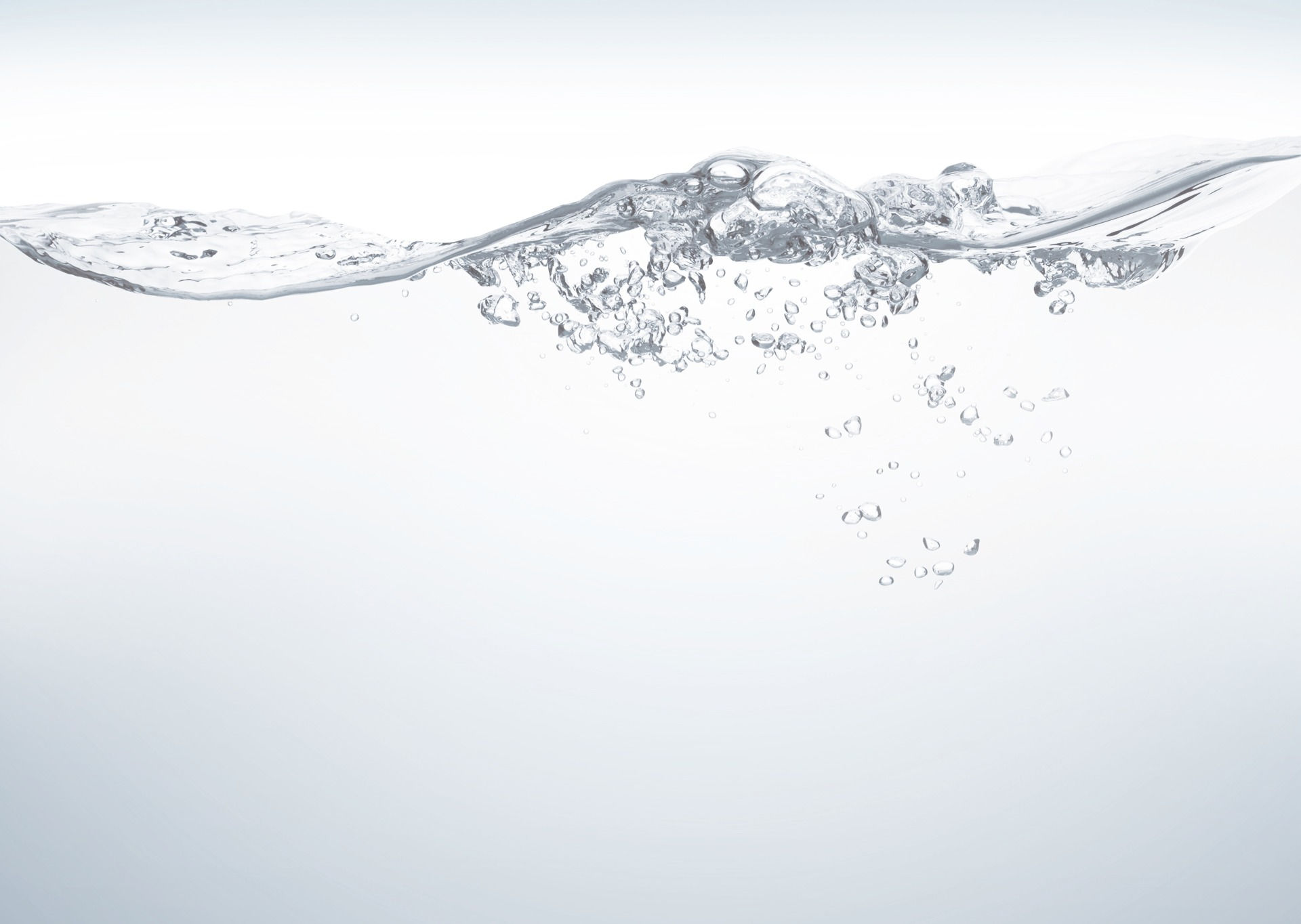
Smart Water Networks
Smart Water Networks are the future of water utilities, the digital transformation of the industries infrastructure will enable companies to not only be more pro-active but more innovative as well. With access to a potentially diverse range of real-time data, the implementation of an AI based system using machine learning, system simulation and optimisation models can be achieved. However, smart networks are energy intensive and consume large amounts of electricity due to the power needs of operating a real time data network. The vast number of sensors collecting data plus the signalling equipment transmitting data along with storage and processing it requires continuous access to significant amounts of electricity.
A potential solution is collaboration between the utilities and Energy Industries that could help mitigate against energy access issues and further accelerate the digital transformation of both sectors. The other option is using the potential energy recovered from the implementation and operation of micro-turbines at PRV sites. This would not only help remote/isolated sites within a water network power smart sensors but also reduce the energy demand and consumption of water utilities grid electricity usage.
Benefits of Smart Water Networks
Within the Scottish network 32% of treated water is lost through leakage. Water treatment and pumping comprises 23% of Scottish Water’s greenhouse gas emissions. Therefore, if this 32% leakage rate could be eliminated it would equate to a 7.4% reduction in their overall emissions. These processes also equate to 35% of their electricity demand, and so eliminating this loss could reduce their electricity demand by 11% or 64.5GWh, significantly more than the energy that would likely be recoverable from exporting energy recovered from the network.
One way to reduce leakage within the water network is to manage the pressure to prevent damage to the pipeline infrastructure, and to detect any damage or leakage that does occur in real time using sensors. Currently many of Scottish Water’s PRV sites are off gird simple valves. Data may be collected at these sites, but it is limited as basic battery powered dataloggers are used to send data. If energy that is currently dissipated through these PRVs could be harnessed, more advanced sensors could be powered, and real time data obtained as well as the active management of the pressure within the network remotely.
Additionally, if the water being treated at WTW can be used more effectively with lost water minimized it will reduce the need to build new WTW to accommodate an increasing population, which would have both a significant carbon and financial cost.
Conclusion
A potentially valuable use of the energy recovered from the water network could be to power a modern integrated system with real time data and control over all aspects of the network from a centralized remote location. This would allow pressures to be managed to prevent leakages and any such leakages to be detected. Systems such as trace heating could also be implemented. This energy could allow the water network to be upgraded into a smart intelligent network that can meet the future needs of a water utility company.
Although a smart water network will require a lot of energy, we have already seen that there’s a huge amount of energy within the water network itself. As we saw, much of that energy is currently not viable for export, but where the aim and benefit are more than just financial from the production and sale of energy, opportunities emerge. Much of the water is rural and located far from grid connections. To create a truly smart network information will be required throughout. At points where there is no grid connection rather than building expensive infrastructure, laying miles of copper cabling, we can rethink the role of the water network. Installing micro hydro turbines at PRV sites could allow the smart network to be powered by the water itself, providing a more sustainable solution.
By rethinking the role of the water within the network, energy currently lost through PRVs could help power a self-sufficient smart water network through the utilisation of micro turbines.
If we are to reach our net zero goal, rethinking must be at the heart of the transition.